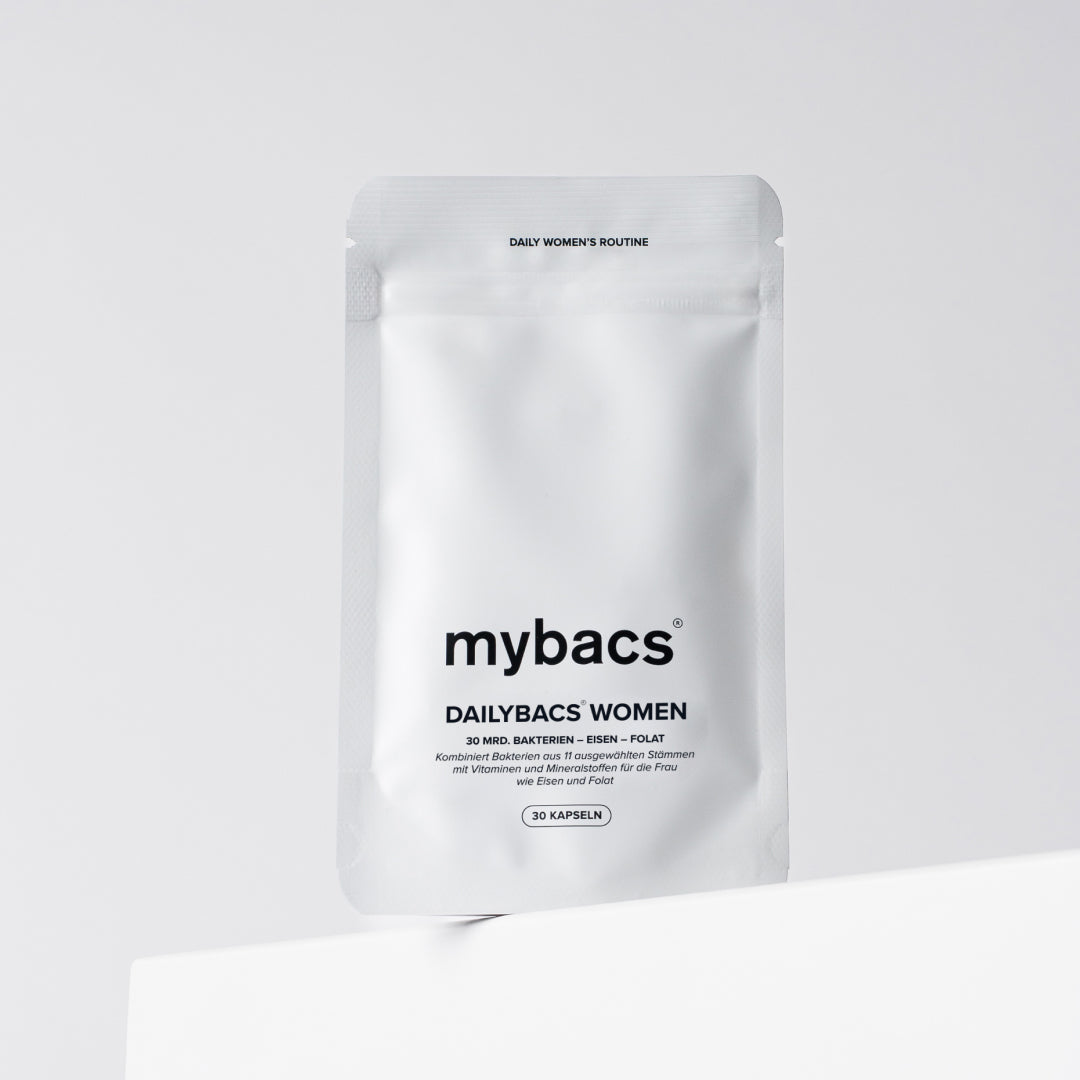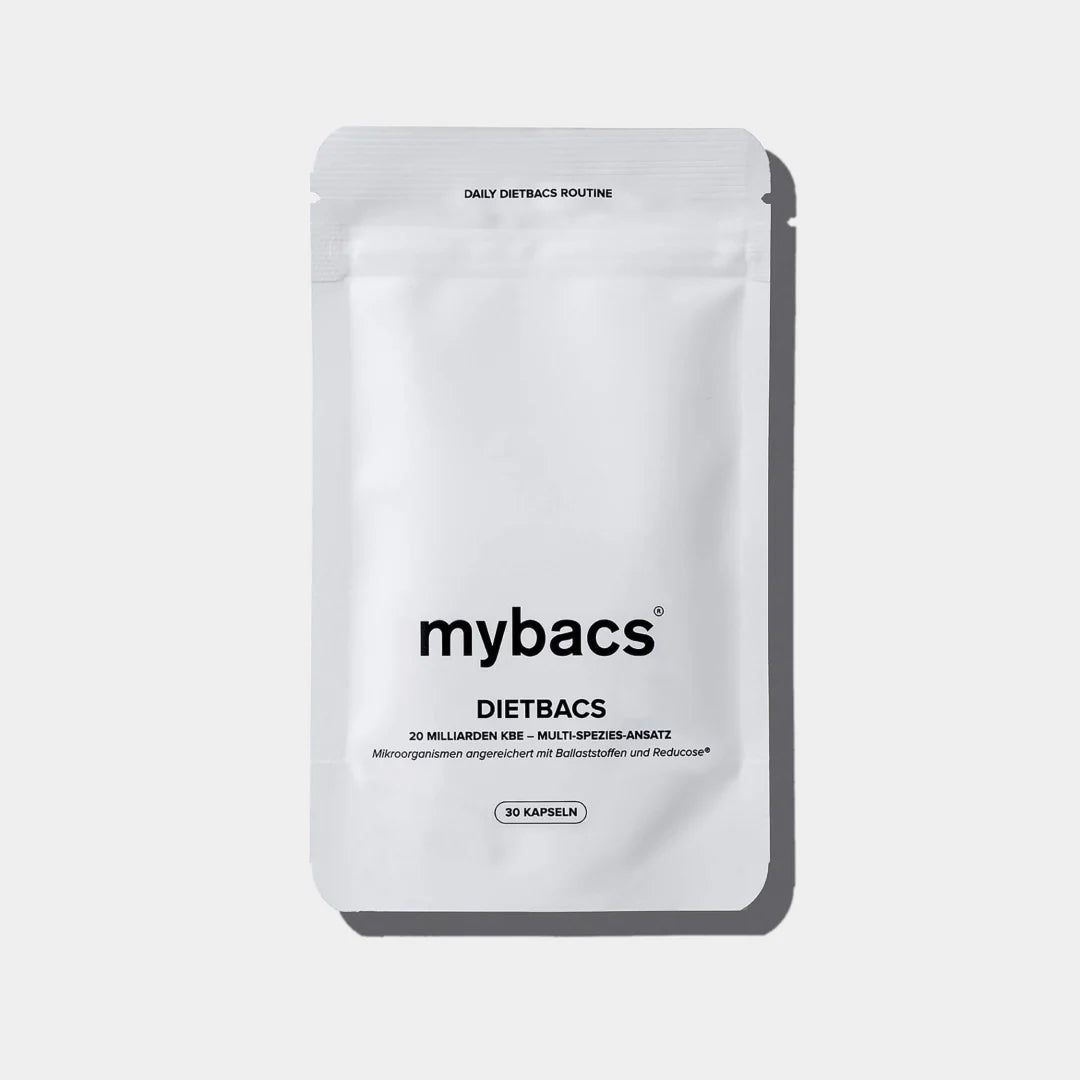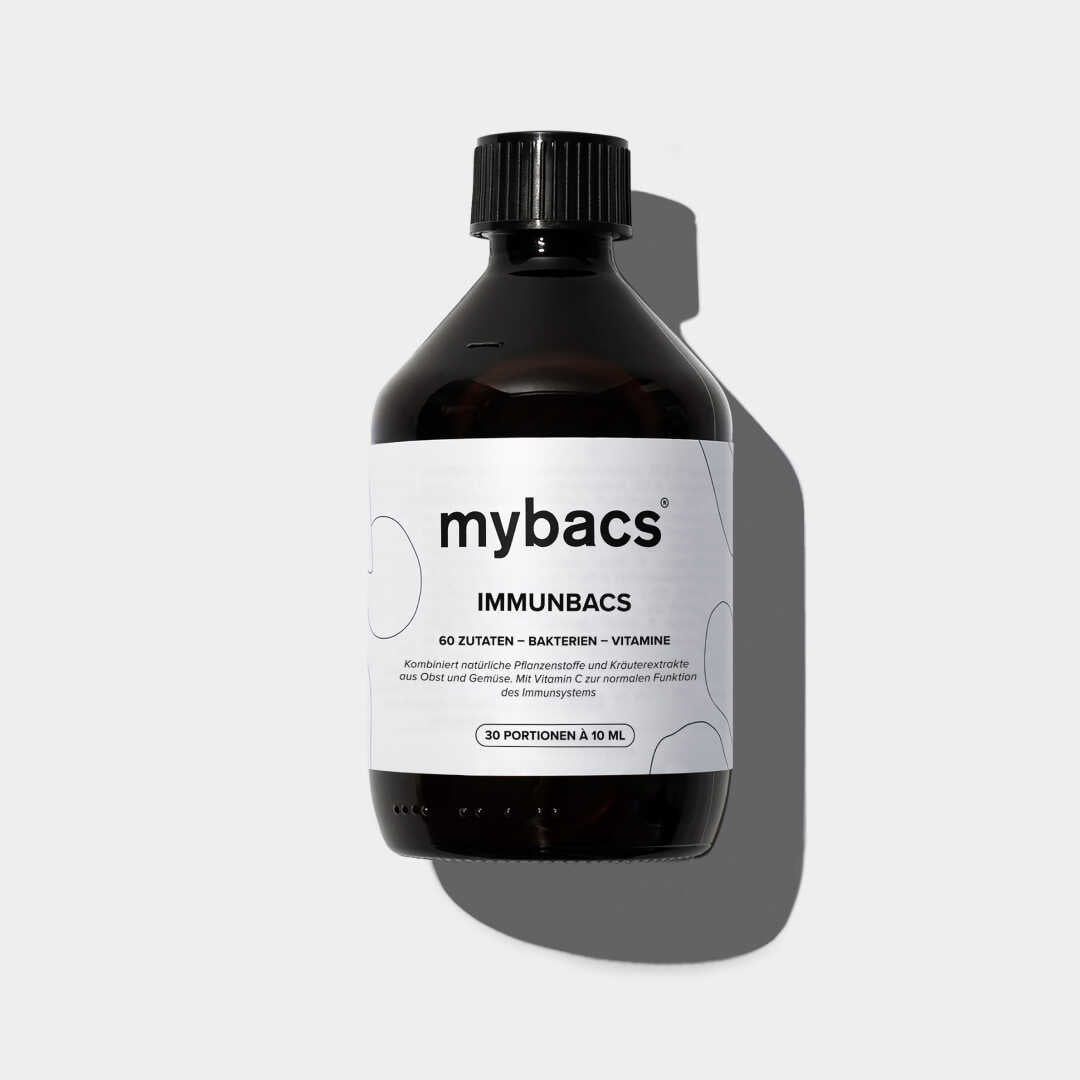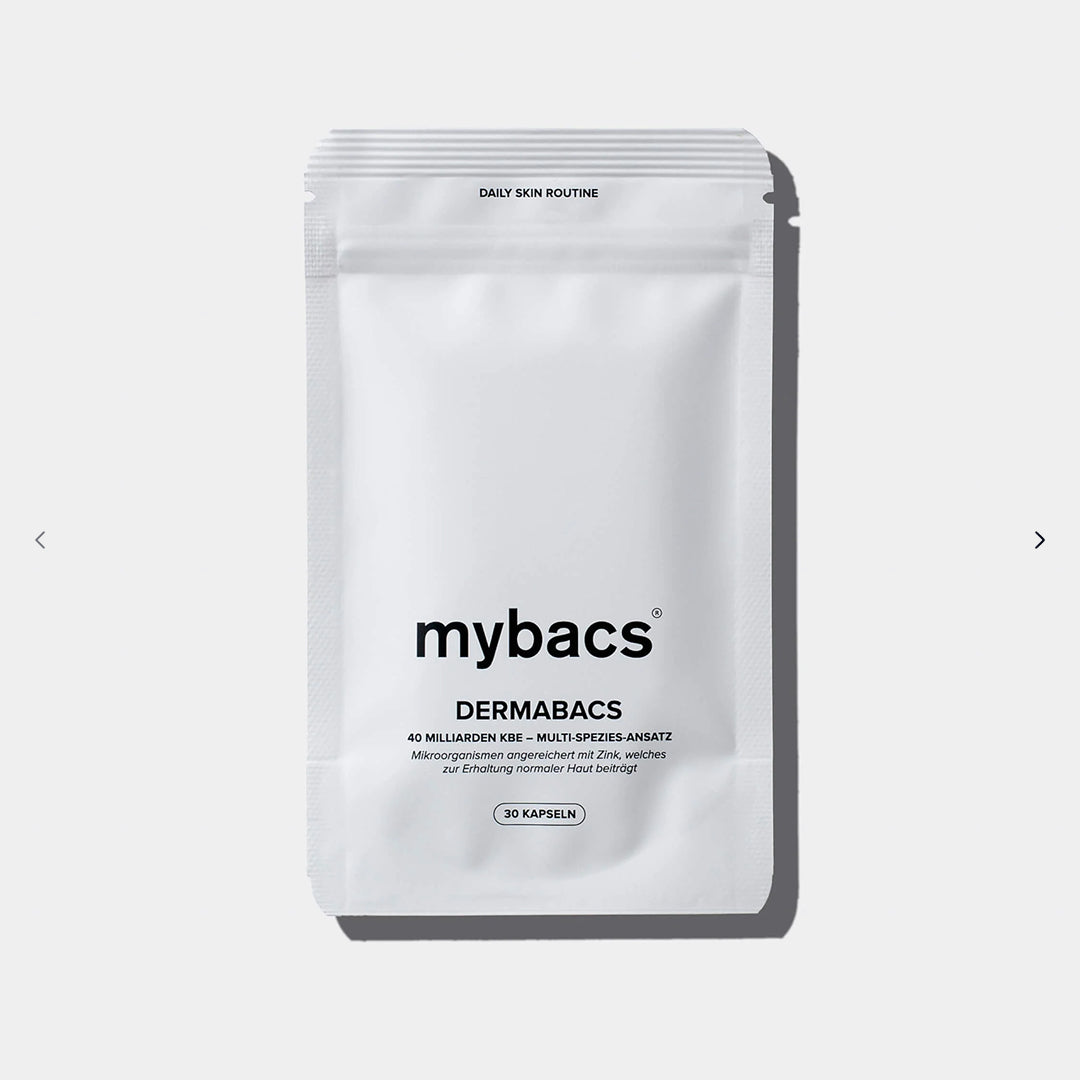Have you ever wondered why you feel different on certain days of the month? Why your body changes? Why your mood fluctuates? All of these phenomena are closely linked to our female cycle. In this post, we'll uncover the rhythm of the female cycle and explain what happens during each phase.
The phases of your cycle
We divide the female cycle into four main phases: menstruation, follicular phase, ovulation, and luteal phase. We explain what happens in each phase and how it affects your body.
Menstrual phase – The starting signal for a new cycle
(1st-4th day of cycle)
The menstrual phase marks the beginning of the cycle. Abdominal pain, mood swings, and cravings. With the first day of menstruation, your body begins a new cycle. Due to a lack of the hormone progesterone, the uterine lining begins to shed and is ultimately shed in bleeding. PS: Did you know that you lose approximately 50 ml of blood during each period?
Follicular phase – On the way to ovulation
(5th - 14th day of cycle)
During the follicular phase, your body prepares to release an egg. Follicle-stimulating hormone, or FSH for short, plays a key role during this phase. This hormone causes a follicle containing an egg to mature in the ovary. Several follicles mature in each cycle, each normally containing one egg. However, one of these follicles, the dominant follicle, eventually gains a significant size advantage, reaching between 2 and 2.5 cm in size. The remaining follicles regress after ovulation. At the same time, estrogen promotes the development of the uterine lining, the endometrium.
Ovulation phase – When the egg cracks
(Between the 12th and 14th day of the cycle)
The ovulation phase is the moment of ovulation. This is triggered by a drop in estrogen levels and a rise in FSH. The dominant follicle ruptures and releases the egg, which then travels from the ovary into the fallopian tube and is transported to the uterus via the cilia in the fallopian tube.
Luteal phase – Preparation for a possible pregnancy
(15th to 28th day of cycle)
During the luteal phase, your body prepares for a possible pregnancy. The corpus luteum, also known as the yellow body, develops from the egg cell's shell, the former dominant follicle. This produces the hormone progesterone, which leads to the remodeling of the uterine lining and is necessary for the absorption of a fertilized egg. To ensure the egg has the perfect conditions for fertilization, a "bed" is built for it. For this to happen, blood flow to the uterine lining is stimulated, and supporting tissue structures are formed. There are now two possible outcomes. Either a fertilized egg has implanted in the uterine lining and you are pregnant, or the corpus luteum regresses and the hormone progesterone drops – and the whole cycle starts again.
Finally, we summarize the most important points.
The journey of the female cycle is a complex yet understandable process that takes place within us every month.The better we understand it, the better we can support our body and take good care of ourselves in every phase.
Remember to listen to your body's signals and treat it with care. If you have any questions or concerns, don't hesitate to consult a doctor.





